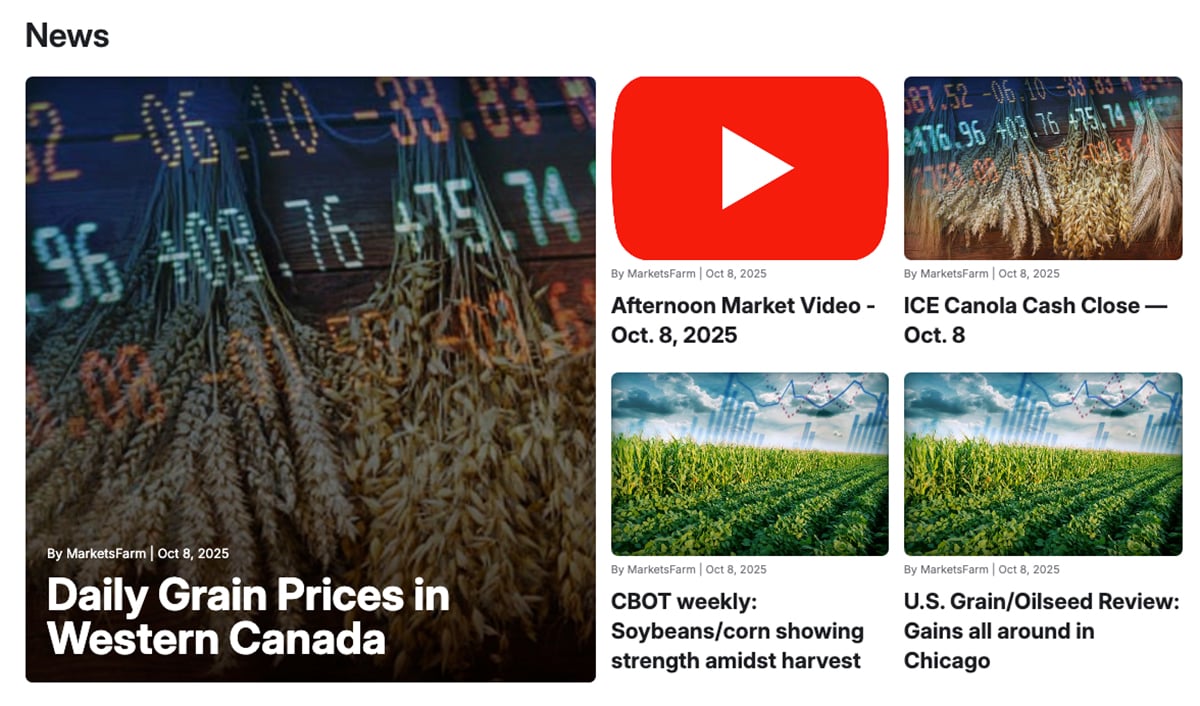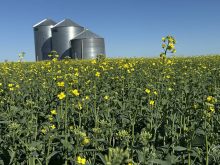Yikes.
I think last week was what they call a weather rally.
The week’s soaring prices on futures markets were cut short on July 13 and 16 as forecasts for scorching heat in the United States Midwest were scaled back.
Rain in Western Canada over the weekend also moderated the situation.
If you wanted to price some of your crop, it was the time to act.
But the force of last week’s rally indicates that traders have changed their attitude from comfortable to edgy.
Read Also

VIDEO: Catch up with the Western Producer Markets Desk
The Western Producer Markets Desk provides daily updates on agricultural markets, with recent video commentary including looks into canola, wheat, cattle and feed grains.
The soybean crop is still forecast as record large, but not as big as originally thought. Demand is such that it could eat up all of the 2001 soybean crop.
So each heat threat is sure to trigger another rally.
The key period for soybean yields is late July and early August and some forecasts suggest a high pressure ridge will redevelop to again threaten U.S. soybean yields.
In Canada, the situation is even clearer. Bad weather has taken its toll. Yield prospects are much reduced in large areas of the western Prairies and there has been moisture stress even in east-central Saskatchewan.
The price outlook for canola is now firmly bullish, despite the recent rain.
Statcom Ltd. has made an early canola crop estimate of less than five million tonnes, well down from Agriculture Canada’s last forecast of 5.3 million tonnes. This compares with 7.12 million tonnes in 2000 and the five-year average of seven million tonnes.
The influential oilseed industry magazine, Oil World, has been saying for some time that because world canola and sunflower production will be lower in the new crop year, demand for soybeans will be unprecedented and this will draw down stocks of the crop despite large production.
Oil World forecasts that even with good weather, 2001-02 U.S. soybean ending stocks will fall to 275 million bushels, much lower than the current USDA forecast of 345 million bushels.
Also turning oilseed markets from gloom to optimism is a surprising drop in palm oil production.
But remember, there is still a chance the U.S. will get ideal weather and a bumper crop.
The reason we report this news is to alert farmers to be on the lookout for rallies and be prepared with a target price to trigger a sale. Don’t expect prices to rise forever.
You’ll feel better selling into rallies than chasing a collapsing market.
















